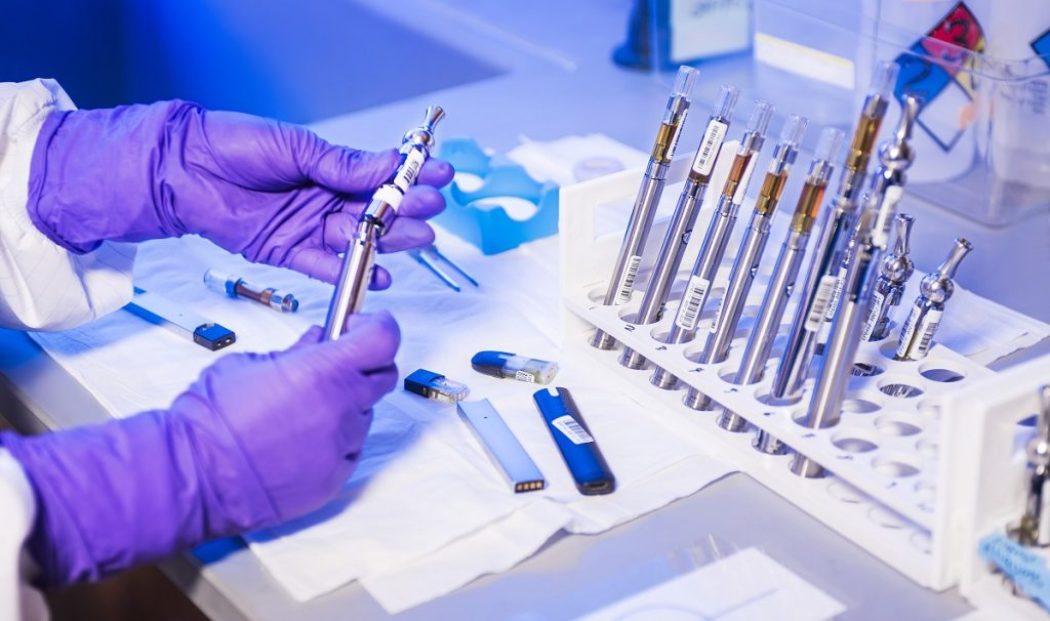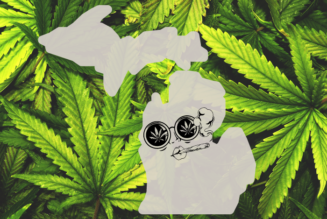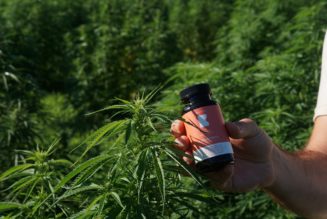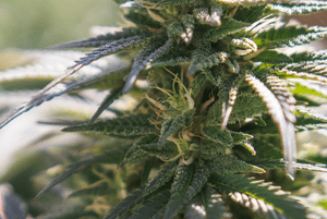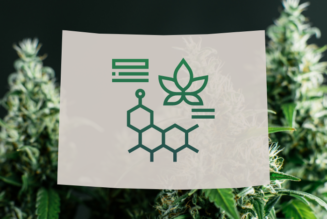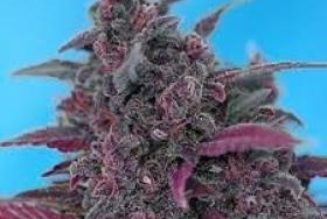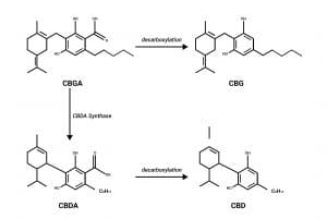If you’ve been reading our blog posts and reviews here at TheCBDGuru.org, you have likely noticed our frequent reminders to read through the COA (certificate of analysis) of a CBD product before buying it. The same advice can be found in various health and wellness articles, and several leading CBD brands take pride in the results indicated on their product COAs.
Experienced buyers know the rationale behind this precautionary measure. Still, with the ever-rising popularity of cannabinoids, the new prospective customers may not realize yet how critical product testing is in this industry.
To bridge this gap, we will cover all the essential information about COAs that everyone interested in cannabis-derived products should know. Let’s also go over the different types of product testing, their importance to brands and consumers, and the current state of the CBD market in terms of quality and transparency.
What are COAs?
A certificate of analysis refers to the document prepared and released by a laboratory indicating the results of the chemical analysis performed on a specific product. Though there are no clearly defined industry standards, every batch of the product must undergo testing to ensure consistency.
Furthermore, the authorities and consumers prefer COAs generated by accredited and independent laboratories. Reports from the CBD manufacturers themselves don’t hold much credibility due to a conflict of interests.
In general, CBD brands provide access to the COAs on their official websites. Some include a link to the batch test results on the product page. Others compile it on a database, wherein customers can search for the COA corresponding to the product batch code.
A growing number of states require manufacturers to print a custom QR code on the product labels, too. This development enhances the transparency of CBD brands that distribute their products at physical stores.
Types of CBD Product Testing
Since the FDA (Food and Drug Administration) has not approved any CBD product other than Epidiolex, manufacturers have taken it upon themselves to prove the value of their respective products. Most accredited laboratories offer two types of chemical analysis for CBD products:
Potency Testing
This testing confirms the actual cannabinoid concentrations present in a given product. Consumers should pay attention to the potency because it determines the strength of the product’s supposed effects on the body and mind. For example, a CBD oil with a potency of 50 mg per serving could theoretically trigger a more substantial and longer-lasting impact than a similar product with a CBD potency of 25 mg only.
CBD brands may declare the potency on their website or product labels, but only through lab testing can consumers verify how valid this claim is. Ideally, there should be no variance between the declared and actual potency, but experts suggest that a variance of no more than +/- 10% is acceptable.
If the manufacturer claims that the potency is 50 mg, but the COA indicates a potency of 48 mg, the product is still within acceptable variance. However, if the lab results state that the actual concentration is 44 mg or 56 mg, the difference can no longer be considered acceptable.
Purity Testing
This test provides an objective look into the quality and safety of a CBD product. Laboratories check for the presence of the following harmful substances:
- Heavy metals (e.g. arsenic, cadmium, lead, mercury, etc.)
- Microbes (e.g. bacteria, yeast, molds, etc.)
- Mycotoxins
- Pesticides
- Fungicides
- Residual solvents (e.g. ethanol, butane, etc.)
The hemp plant tends to absorb these contaminants, but the manufacturing processes should be able to eliminate these toxins. The problem begins when companies decide to cut corners by purchasing low-quality raw materials or performing process shortcuts.
Ideally, the COA of a given CBD product should indicate whether or not it has passed the purity testing. However, according to a 2021 survey report, only 25% of CBD brands invest in product purity testing. One reason pointed out by the author is the high cost of purity testing. Since the industry does not require this test, many brands forego this, despite claiming that they practice safe manufacturing processes.
Potency testing verifies the strength of the cannabinoid concentration, while purity testing reveals how safe the product is for the consumers. The lack of substantial research studies and clinical trials involving CBD products have pushed companies and consumers to rely on product testing and COAs to distinguish high-quality goods from their subpar counterparts.
Why COAs from Independent Labs Matter
As discussed earlier, most consumers consider COAs valid and reliable only if generated by trusted laboratories with no financial stakes in the outcome of the product testing.
Why?
First, false claims about the potency of CBD products may lead customers to wrong conclusions about the potential of cannabidiol as a health and wellness solution. If a CBD gummy claims to have 50 mg of full-spectrum CBD per serving, you might think that it isn’t effective at helping you unwind if the actual potency of the product is only 25-mg.
Conversely, if you usually take two 10-mg CBD capsules each day, switching to an incorrectly labeled product with a higher potency than what’s declared on the packaging could lead to the adverse side effects of CBD, such as nausea, vomiting, diarrhea, or fatigue.
Second, an in-house generated COA may not disclose the shortcomings of the product, especially in terms of purity. The brand might purposely omit test results that could turn off potential customers. They could also state that the product has passed all the safety parameters, even though no actual testing has been performed.
Lastly, quality products aren’t exactly cheap. Consumers should have a reliable source of information on whether or not a particular product is worth the extra money.
How to Interpret a CBD Product COA
The COA format varies from one lab to another. Nonetheless, the information you may learn from the results will likely be consistent. Let’s go over the major sections of a COA and what each can tell you about a given product.
Header
This section indicates the name of the third-party laboratory that conducted the chemical analysis and the product batch number. Some include the date when the product sample was received by the lab and the date of COA creation. These pieces of information will make it easier to match the document with the batch code of the CBD product you wish to purchase.
Cannabinoid Profile
You can verify the product’s potency in this section. It details the cannabinoid concentration in the sample being tested. So aside from CBD, this typically includes other popular cannabis compounds, such as:
- CBC (cannabichromene)
- CBG (cannabigerol)
- CBN (cannabinol)
- Delta-8 THC (tetrahydrocannabinol)
- Delta-9 THC
A COA may also indicate the number of terpenes the product contains. Terpenes refer to the plant compound that produces the unique scents or tastes of cannabis and enhances its natural therapeutic effects. Common examples of terpenes include:
- Cymene
- Limonene
- Linalool
- Myrcene
- Pinene
Quick Tip: Beware of full-spectrum or broad-spectrum CBD products that don’t have terpenes or other cannabinoids. Without these components, the chances of activating the “entourage effect” will be little to none.
Remember to check if the potency variance through this section, too. Subtract the CBD concentration stated in the COA from the declared amount by the brand. Divide the difference by the declared amount again and multiply the quotient by 100. If the figure you’d get is more than 10%, then the actual CBD content of the product is higher than what is indicated on the product label. If the figure is a negative number—for example, -15%—that denotes the actual CBD concentration is lower than what is declared.
Regardless, any potency variance between -10% to 10% is considered acceptable by industry experts and most consumers.
Safety Indicators
In general, labs report the purity of CBD products by breaking it down into the following points:
- Analyte (types of heavy metals, mycotoxins, residual solvents, etc.)
- LOQ (limit of quantitation)
- Maximum limit
- Mass (parts per billion or PPB, parts per million or PPM, <LOQ, etc.)
- Status (Pass or Fail)
Since not all products undergo purity testing, laboratories also indicate on the COA that no testing has been conducted. A typical abbreviation for this is “NT” (not tested). Other common shortcuts found in this COA section are NR (not reported) and ND (not detectable).
Interpreting the results stated in this section is simple—look at the status per indicator to learn how safe the CBD product is for your consumption. Failing in any essential safety parameters highlights deeper issues with the CBD manufacturer. It could mean that the company has not invested in quality materials and equipment. It will also raise doubts about the CBD brand’s integrity and capabilities.
If you feel overwhelmed by just looking at a COA, try to take it in slowly and focus on the salient parts that we have covered above. Remember, a COA from an accredited laboratory is a powerful tool in making the right purchasing decisions while CBD shopping.
The Bottom Line
Not all CBD companies can be trusted. Regardless of how big or small their operations are, the authorities and consumers should hold them to high quality and safety standards. A CBD product COA is one of the keys to gaining the confidence and loyalty of the market. Therefore, investing in batch testing the potency and purity of the product will serve the interests of all parties involved.
If you’re curious about which brands score high for transparency, check out our reviews of the leading CBD brands. We encourage everyone to subscribe to our newsletter and be alerted whenever we have posted more shopping guides for experienced and beginner CBD fans alike.
The post What are COAs and Why You Should Pay Attention to Them appeared first on CBD Product Reviews and Information – Everything About Cannabidiol.
